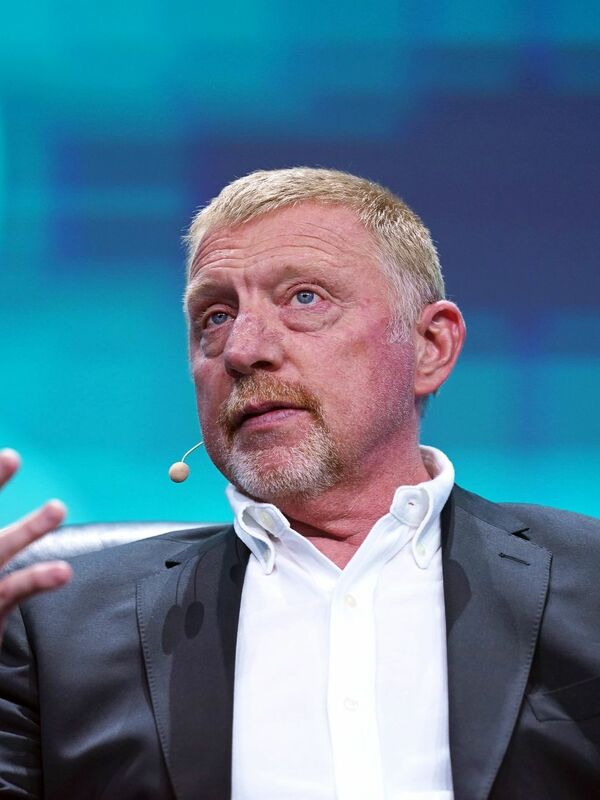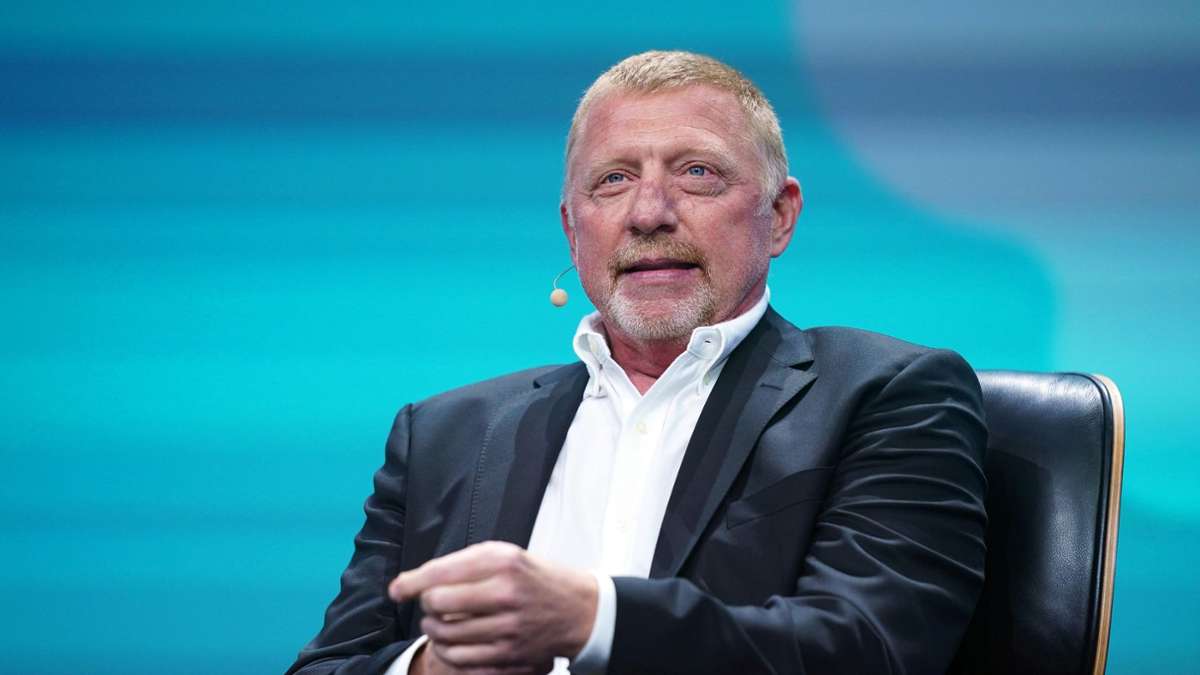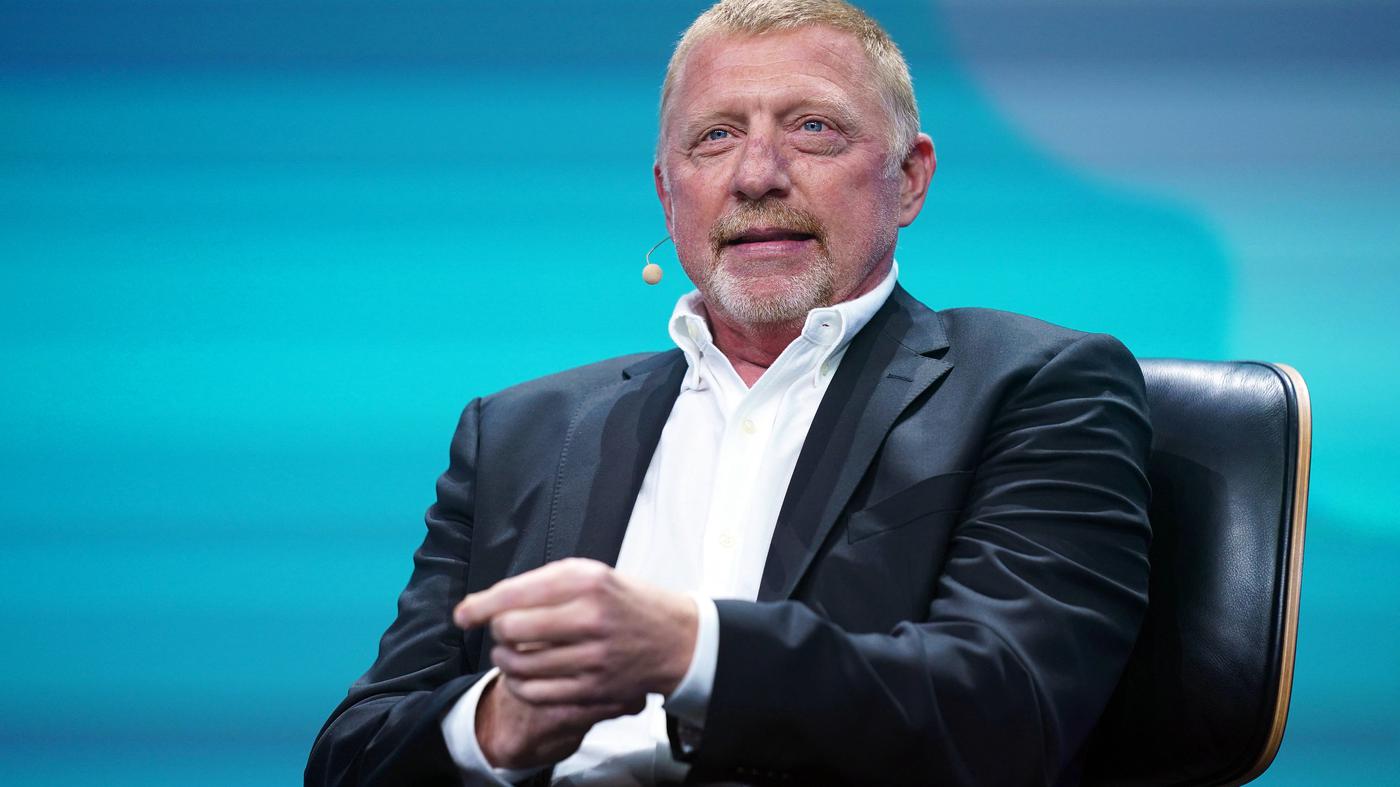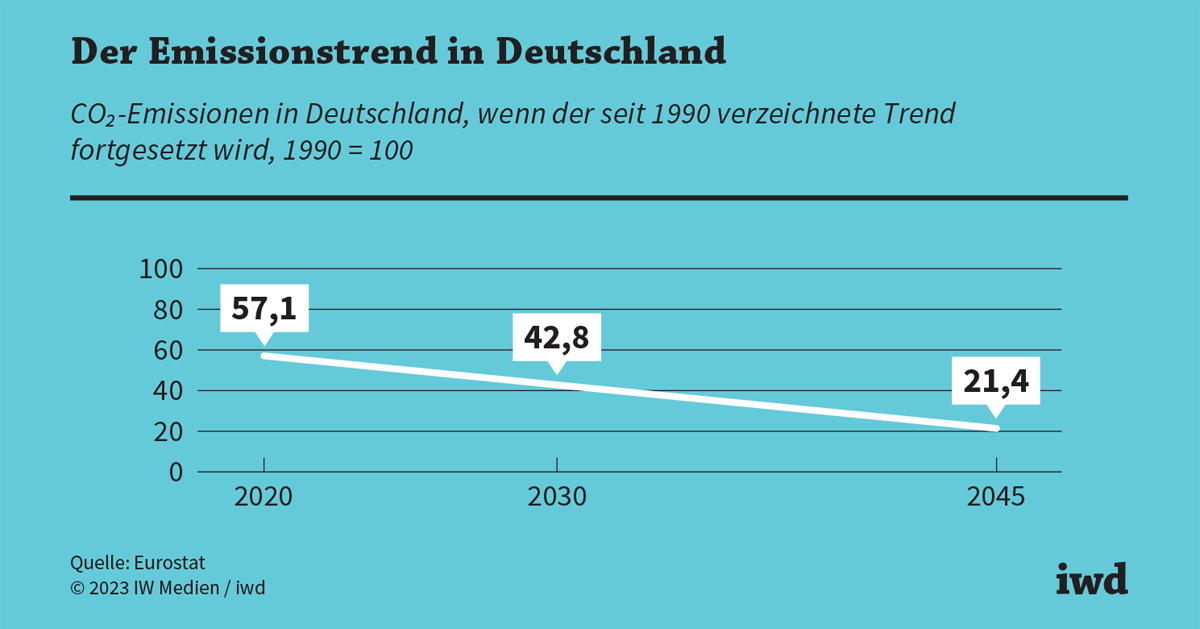Germany is the European champion when it comes to subsidies for environmental protection. But calculations by the German Economic Institute show that more money alone is not enough to achieve the goals you set. If Germany is to be climate neutral by 2045, it must embark on a new path.
- Of all EU countries, Germany subsidizes environmental protection – 42.7 billion euros in 2020 alone.
- If CO₂ emissions continue to fall as they have in recent years, they will be 21 percent of 1990 values in 2045.
- For Germany to become greenhouse gas neutral by 2045, the efficiency of environmental protection subsidies must be improved.
The European Union wants to be greenhouse gas neutral by 2050. Germany is particularly ambitious and wants to reach this goal five years earlier. However, switching to greenhouse gas-neutral production and climate-neutral services will be costly. In order for companies and citizens to want and buy into this change, EU countries are subsidizing the process extensively. However, the amount of subsidy payments varies greatly:
Germany has recently subsidized environmental protection – 42.7 billion euros in 2020 alone.
That’s €34 billion more than second place, the United Kingdom – which is still included in the figures despite Brexit. France provided the third highest amount of subsidies at €6 billion.
The last two places in the EU are occupied by Portugal and Cyprus with 40 and 25 million euros respectively – less than one-hundredth of the German value.
For Germany to become greenhouse gas neutral by 2045, the efficiency of environmental protection subsidies must be improved.
The key question for Germany is whether the current subsidy strategy can achieve its goal of neutralizing greenhouse gases by 2045.
To answer this, IW updated the emissions of the last few years and took a continuation of the previous political trend. Result (Graphic):
If CO₂ emissions continue to fall as they have in recent years, in 2045 they will be 21 percent of 1990 values.
To achieve net zero emissions by 2045, “business as usual” is not enough. But increasing subsidies may not be the right solution. Instead, the efficiency of spending needs to be improved – because not every subsidy contributes to the German climate goal. For example, in early 2022, the Vehicle Management Center determined that more than 10 percent of electric vehicles that applied for an environmental bonus in Germany were sold abroad six months later. This resulted in funding of around 240 million euros.
In addition, subsidies should at least be coordinated across the EU so that states do not outbid each other.

“Communicator. Entrepreneur. Introvert. Passionate problem solver. Organizer. Social media ninja.”







More Stories
Boris Becker was jailed for several months in Great Britain, after which he still had to serve part of his sentence.
Great Britain wants to immediately deport asylum seekers without valid documents to Rwanda in the future.
Great Britain wants to increase defense spending to 2.5 percent of GDP